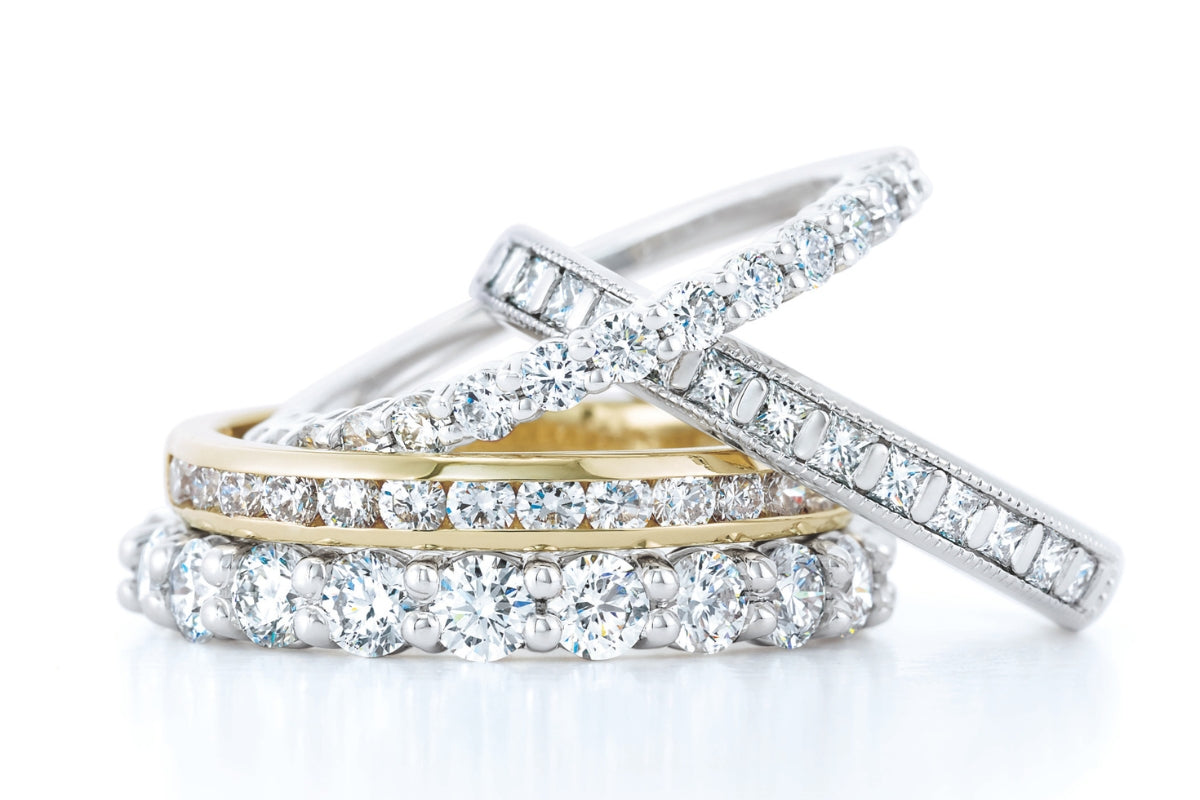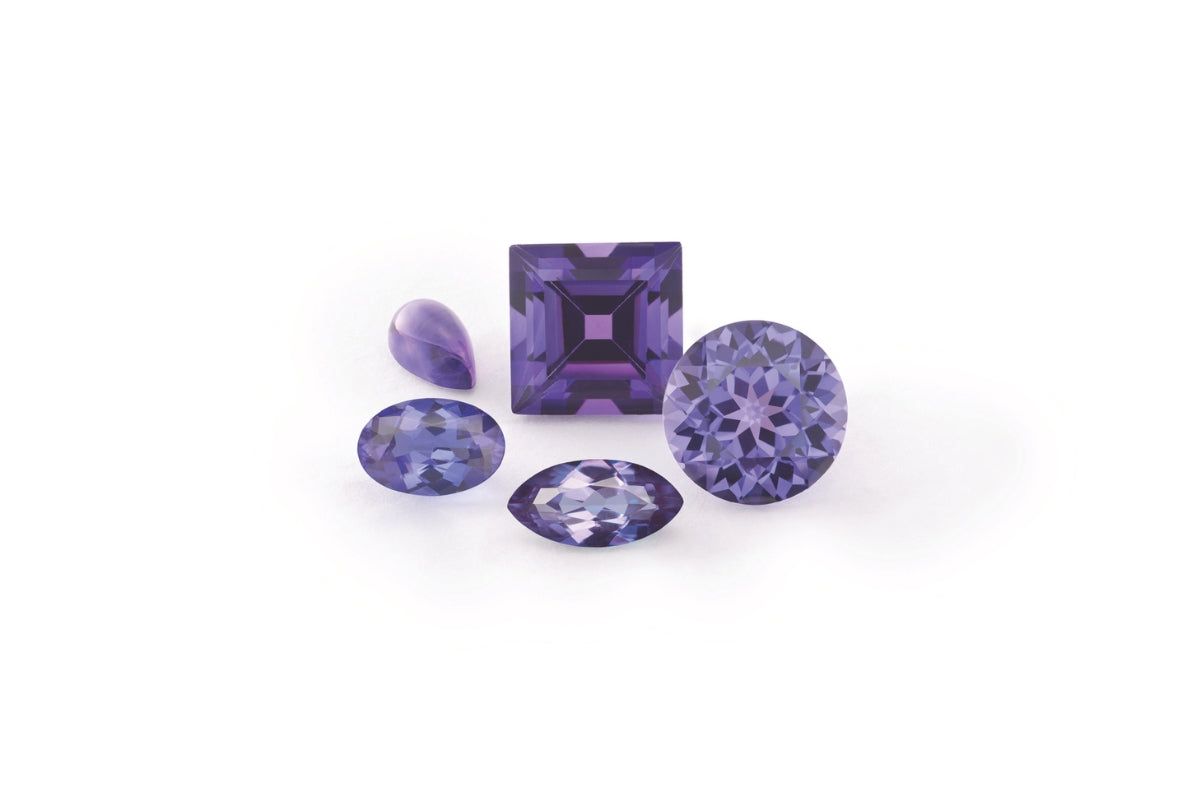A diamond's appearance is unlike any other gemstone. Many simulants try to replicate the 4 C’s of diamonds, including brightness, fire, and scintillation. The overall balance of the appearance of a diamond is what makes it so unique. There are inferior gemstones that are colorless or simulants which imitate diamond characteristics, but with the proper training, a jeweler or Gemologist will be able to tell them apart.
When it comes to diamonds, there aren’t many intangibles. Nearly every aspect of the diamond is precisely weighed, measured, benchmarked, and graded in order to properly disclose its 4 C’s.
Diamond's unique properties make it a difficult material to work with. Why? Because a diamond can only be cut and polished by diamond or a diamond impregnated tool like a polishing wheel. A cutter must have not only the technology and tools, but also the years of training and experience in order to maximize the beauty of a rough crystal into the work of art adorned in fine jewelry.
We’ll briefly touch on design, but specifically be discussing the craftsmanship involved in modern diamonds.
Design is the overall physical shape, durability, and proportions typically associated with the early stages of the planning and fashioning process. Many of these properties are dictated by the rough diamond crystal. You may be wondering if a laboratory grown diamond's rough crystal is superior to earth-derived rough crystals, but this generally is not the case. In reality, they’re both a shell of what’s to be unleashed when cut and polished.
A diamond’s craftsmanship is an important consideration when shopping and entails the attention and care that went into fashioning of a cut and polished diamond. Specifically, craftsmanship refers to the finish of a diamond. Finish consists of two components, polish and symmetry, which can be among the most overlooked aspects of a diamond grading report. We’ll dive deeper into both below.
Think of polish as the physical condition of each facets surface. Diamond is a 10 on the Mohs Scale of Hardness, it’s the hardest gem material known to man. Because of this, diamond will take and retain the best polish of any other gemstone. In fact, there’s a specific name for a diamond's luster, called “adamantine,”which literally means “diamond-like”and is the highest degree of luster possible in a transparent material. Having an above-average polish grade is a prerequisite for maximizing brilliance, fire, and scintillation. Most diamonds have some polish variations.
Like the many other aspects of a diamond, polish is graded under 10X magnification from a grading scale of Excellent, Very Good, Good, Fair, and Poor. Some easy examples that best illustrate polish factors are as follows:
- Abrasions
- Nicks
- Pits
- Polish Lines
- Burn Marks
- Scratches
Think of symmetry as the precision of the diamond's actual proportions, the positioning and placement of each facet from one another. Rest assured that a symmetrical diamond will maximize the play of light, which will in turn maximize the display of brilliance, fire, and scintillation. Most diamonds will have some symmetry variations. Like polish and other 4 C’s attributes, symmetry is also graded under 10X magnification on a grading scale of Excellent, Very Good, Good, Fair, and Poor. Some easy examples that best illustrate symmetry variations are as follows:
- Off-center table or culet
- Wavy girdle
- Facets that fail to point properly
- Misaligned facets
- Extra facets
So the next time you see a beautiful diamond catching the light just right, you’ll know a bit more about what makes it stand out from the crowd!




